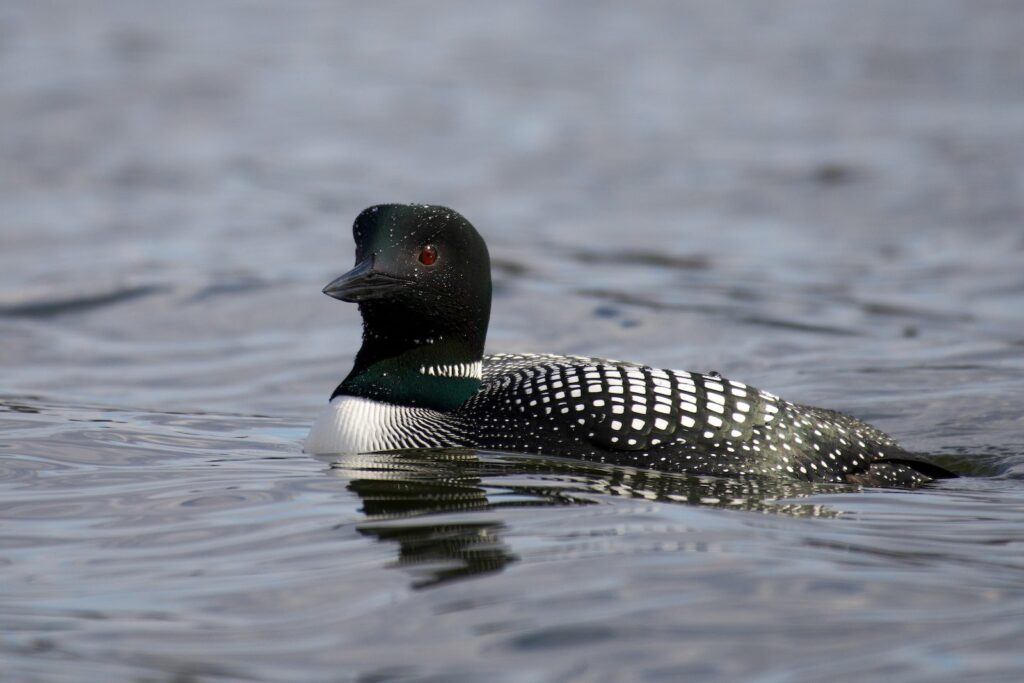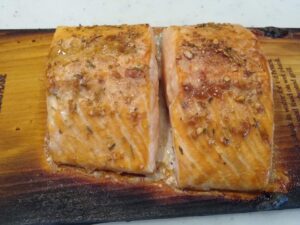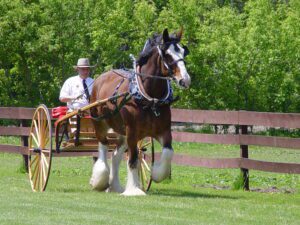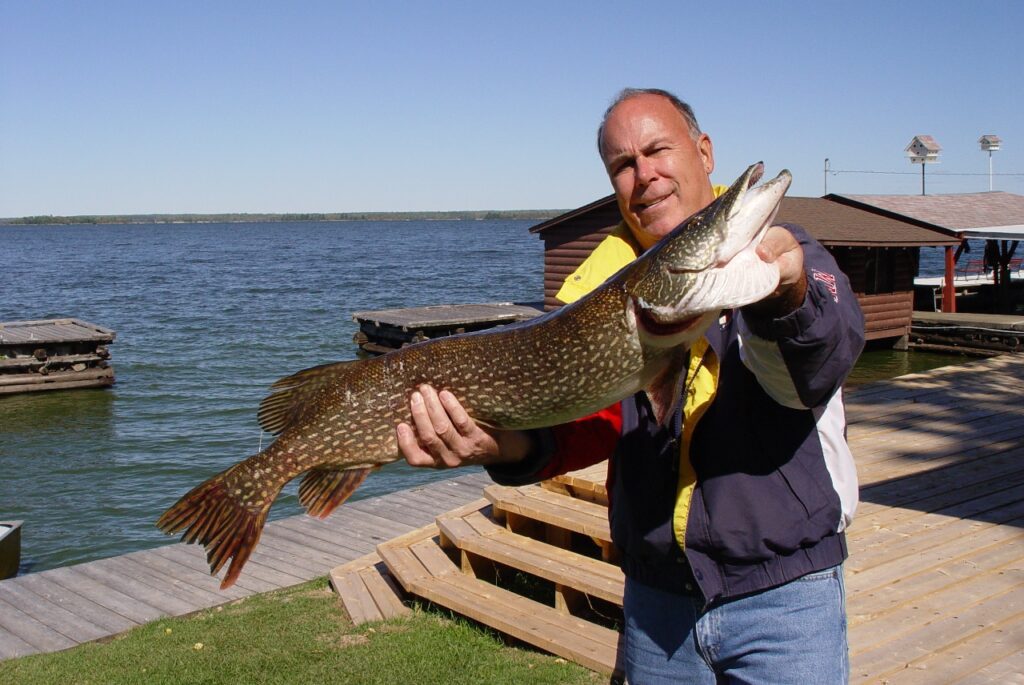Several years ago, a good friend asked why I had never done an article on the Common Loon. I had no plausible explanation. Reflecting for a moment, I made the promise that I would do some research and write the article.
What I cannot understand is why it has taken me all this time to finish the project. After all, the loon is such a distinctive and elusive bird. So prominent in the northern lakes… and the call of the loon has whispered me to sleep on numerous occasions. It is indeed high time to pay homage.
Maybe Not So Common
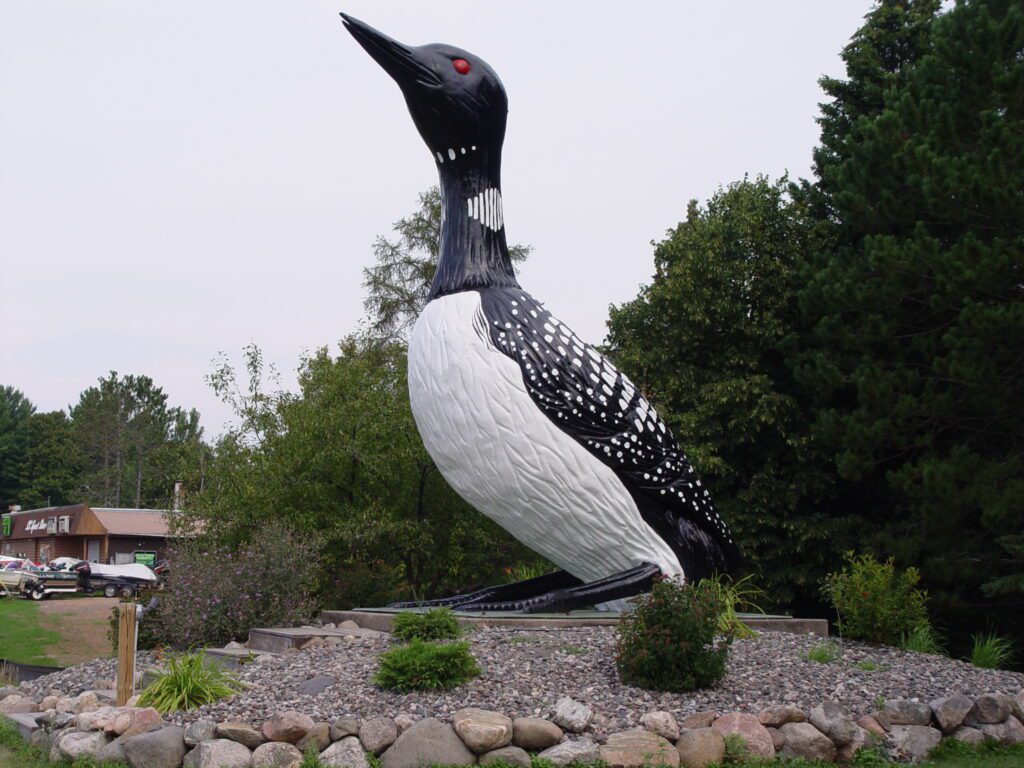
Not directly related to any other living order of bird, the loon’s ancestry dates back some 65 million years. About the size of a large duck or perhaps a small goose, all living species of loons are members of an order and family all their own: Gaviiformes Gaviidae.
One type of common loon with which most who vacation in the north country are familiar is (by genus and species) Gavia immer, or Great Northern Diver. It is only one of five main recognized species. Gavia, by the way, is Latin for Sea Smew (a small duck, although loons are not ducks). Immer is Latin for immersus or submerged. This makes sense of course, since loons spend a lot of time underwater looking for food. So, enough of the Latin!
The average common loon is about 32 inches long, has a wingspan of some four and-a-half-feet and weighs close to nine pounds – making it a rather formidable adversary. This is especially true if the loon is looking at you as fresh fish dinner! Summer plumage is largely black-and-white black. The head and bill are black, the back is checkered black and white and the belly is white. Easy to spot are the fire-orange eyes and the classic black and white ring around the neck. This all contributes to the appearance of being dressed in a sort of tuxedo. All species have a spear-shaped bill.
Loon Nesting & Mating
There is a strong indication that loons mate for life, although evidence to the contrary exists. This is mostly due to loon intruders that will chase one of a mating pair from its breeding ground. Nests are built close to the water and the same sites are often used from year to year. The best sites are surrounded by water, such as on an island, muskrat house, half-submerged log, or sedge mat (a clump of grass-like water plants).
Generally, the birds can then slip directly from the nest to water. The only time a loon spends on land is during mating and as a just-hatched chick. Even sleep takes place on the water — over deeper areas and far from possible predators.
Loon courtship begins just as ice-out is taking place and can last most of the summer. There is much bill-dipping, preening, wing flapping and chasing, followed by the pair heading to the place on shore where mating and nesting will take place. Usually, two large brown-spotted olive-colored eggs are laid, and roughly a month later, the young chicks hatch. Already equipped to swim and dive, they hang close to mom and dad for warmth and for food for the first several weeks.
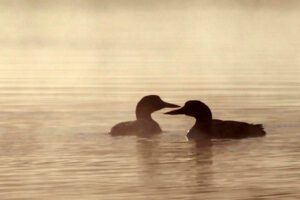
Behaviors
Once hatched, the chicks are prodigious eaters, and the parents spend much of the first three weeks or so catching fish for them. The first couple of weeks are spent in a “nursery” area or riding on the backs of a parent until they are too heavy. They will now begin to hone their swimming and diving skills. At eleven weeks or so, the chicks are mature enough to be on their own, able to swim, dive and catch their own food. The rest of their adult life is spent in, on and under the water.
The common loon, like all diving birds, specializes in catching and eating fish. They can dive to great depths (100 feet or more) and remain submerged for long periods (up to a full minute) in pursuit of a freshwater diet that consists of pike, perch, sunfish, trout, and bass; they also eat crayfish, frogs and leeches. Their legs, although not positioned well for walking (they are set too far to the rear) are excellent appendages for swimming and diving. The birds’ wings also aide in swimming.
The loon will sit gracefully erect: head held high, occasionally lifting a webbed foot to waggle it or stretching and flapping a wing. It will suddenly dip its head into the water, peering left and right to locate its prey. Then, in an instant, the bird will silently slither beneath the surface on another fishing trip, submerged for what seems an inordinate amount of time. The loon then reappears some fifty to sixty yards away with its meal already swallowed. Every now and again, a loon will accidentally emerge so close to my boat that it seems we are both wondering who is invading whose space.
Some Not So Good News
Perhaps the most endearing quality of this often-elusive and skittish bird is the haunting sound of its plaintive wails, crazy-laugh tremolos, defensive yodels and single note hoots. Many a family member has sat out on the porch of a cabin around a northern lake and listened to these relaxing sounds — often at dusk as the lake calms, or perhaps awakening in the middle of the night to the mournful cry. The loon’s call is not only easy to recognize, but also familiar to many people because of its prevalence in many movies and relaxation tapes. However, I would prefer to watch and listen in person; I recall many an evening where the soulful wails have eased me into a deep sleep, and I would likely consider my vacation as missing something very important if ever those sounds went missing.
Listen to the yodel of the loon
Listen to the wail of the loon
If you love the sounds of loons, you might be interested this CD: Loon Sounds with Music: Loon Calls with Soothing Music for Deep Relaxation Nature Sounds, Deep Sleep, Meditative Sounds of Loons
Having said that, there is an unfortunate bit of bad news that must be pointed out… The very nature of the diet of the Great Northern Diver puts the bird at risk, due to the effects of acid rain and pollution, as well as mercury contamination from industrial sources and lead poisoning from fishing sinkers. These toxins become imbedded in the tissue of the fish sought by the loon for its meals and, once eaten, the toxins also enter the bird. The result is a loss of breeding success and generally decreasing populations. Sadly, these birds have all but disappeared from some lakes in North America because of mans’ carelessness when it comes to pollution. The good news is extensive distribution of the common loon: breeding in most of Canada and northern lakes, and wintering on both coasts, along the Pacific and Atlantic coasts of North America, from Alaska and the island of Newfoundland in the north to Mexico in the south.
If we want to continue to enjoy this beautiful and worthy addition to our vacation areas, there are several things that we need to keep in mind to protect the loons on lakes we visit.
- Keep your boat well away from swimming birds, especially if they are with chicks that are too young to dive or fly.
- Shoreline areas that look to favor loon nesting should be left undisturbed; boaters passing these areas should travel at speeds that do not cause wash — in some cases, greater speeds actually create a smaller wake.
- Anglers have the added responsibility of using non-lead sinkers and of ensuring that no hooks or lines are left unattended or abandoned.
- A little common sense can go a long way toward protecting our valuable natural resources!
As always, I hope to see you On the Lake!
rk

